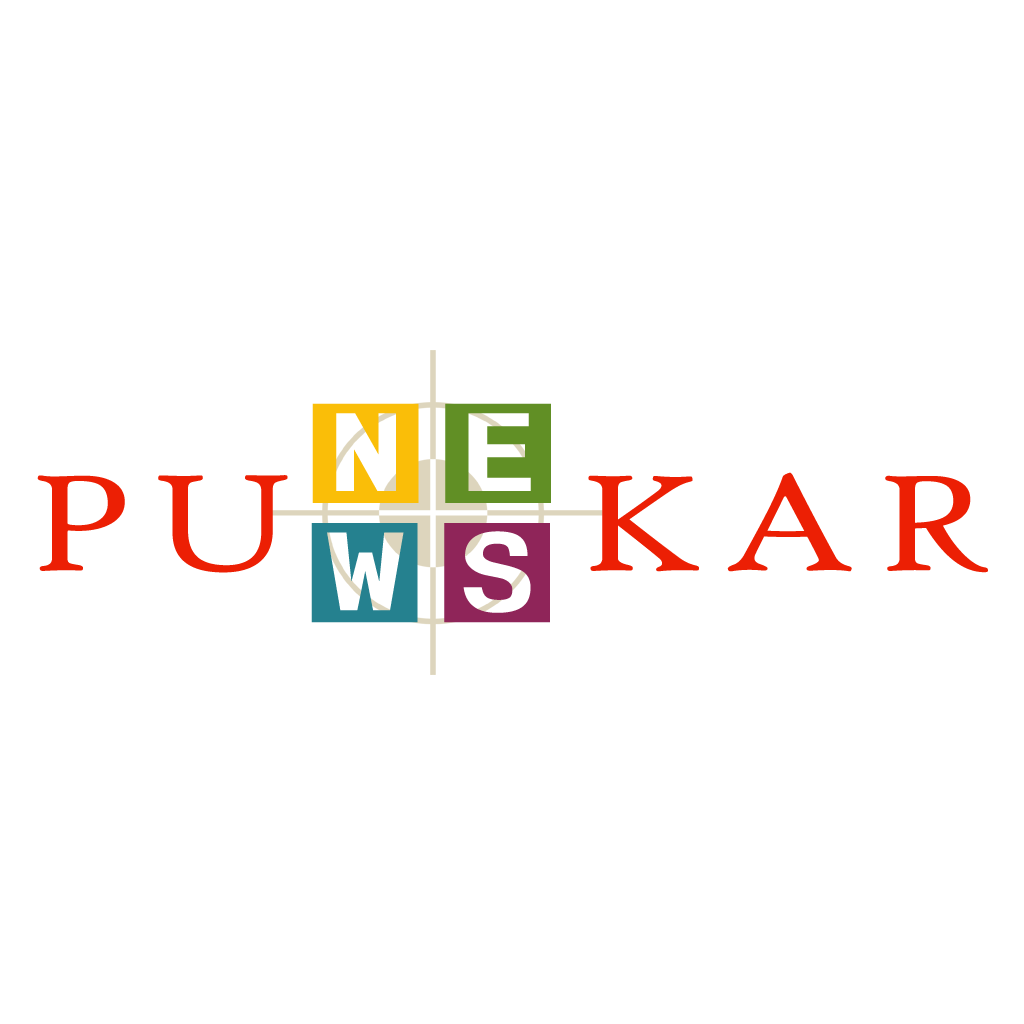New Digital Media Ethics Code Is Aimed At Addressing Grievances Of Common Man: Vikram Sahay, Joint Secretary, Ministryof I&B

He was addressing a webinar on ‘Digital Media Ethics Code’ organised by Press Information Bureau, Maharashtra and Goa for improving stakeholder understanding of Part III of the Information Technology (Intermediary Guidelines and Digital Media Ethics Code) Rules, 2021, notified by the Government of India in February, 2021.
Why Digital Media Ethics Code?
Sahay explained the rationale and provisions of the ‘new IT Rules’, Information Technology (Intermediary Guidelines and Digital Media Ethics Code) Rules, 2021 in detail and stressed the need for the ‘Digital Media Ethics Code’ amid the explosion of digital content. “India is the world’s fastest growing OTT market and the market is expected to reach $2.9 billion by 2024 which is an annual growth of 28.6%,” said Sahay.
Fake News
Sahay pointed out that the online news portals are the major source of news among Indians under 35 years of age and that there is a 41% increase in time spent on such news apps. “When there are content regulators like Press Council of India for newspapers and Cable TV Network Act, 1995 for News on TV there has been no such regulation for news on digital platforms,” said Sahay. Similar is the case for OTTs which does not have a regulation unlike that of Cinema Halls or Television. The Joint Secretary clarified that the purpose of the Digital Media Ethics Code is to stop transmission of content which is objectionable to women or harmful to children.
Grievance Redressal:
Sahay said that there will be an inter-departmental committee to deal with unresolved complaints by news publishers or regulatory bodies. He explained the three-tier regulatory mechanism where regulation of content is undertaken at three levels – the Publishers, Self-Regulatory Bodies and the Ministry of I&B. He also said that the news Publishers and OTT platforms will have to appoint a Grievance Redressal Officer and display the information about these complaints. “Disclosure of information in public domain regarding grievance redressal by publisher and self-regulating body has to be done,” he added.
Also, Ministry of Information and Broadcasting will collect basic information about people working on news portals or OTT platforms, in a prescribed format by the stakeholders. Sahai said that so far more than 1800 of people working on news portals or OTT platforms have already submitted their details to the Ministry, where most of them have submitted voluntarily.
Director General (West Zone), Ministry of Information & Broadcasting, Manish Desai set the stage for the webinar, outlining the changes in technology and society, which made these Rules necessary. He spoke about the international policy environment, as to how countries across the world have been dealing with the changes.
Digital news publishers, representatives of film industry, Over the Top (OTT) platforms and online content producers attended the webinar, along with academicians, researchers, students and officers of Government of Maharashtra, Government of Goa and the central government.
Webinar can be watched here
For any query/doubts one can write to: [email protected] / k
Visit: https://mib.gov.in/.
FAQs on Digital Media Ethics Code here.
Read the salient features of the new IT Rules here.
PPT presented by the Joint Secretary can be accessed here.







